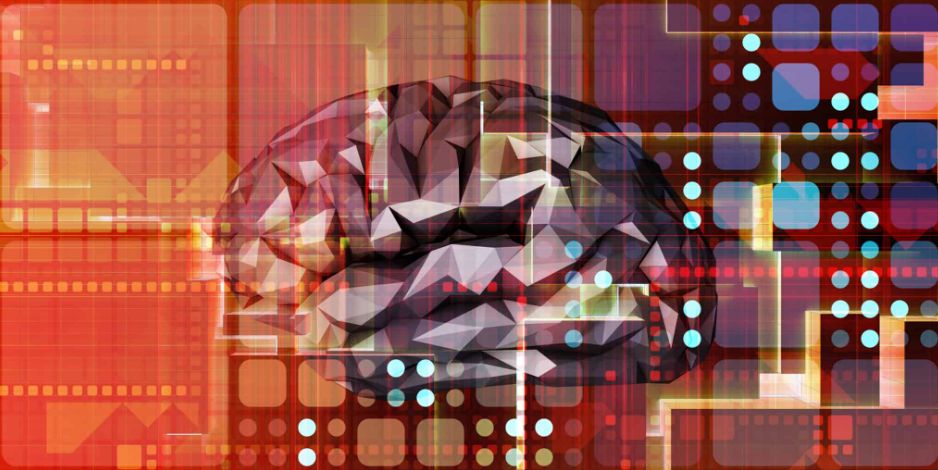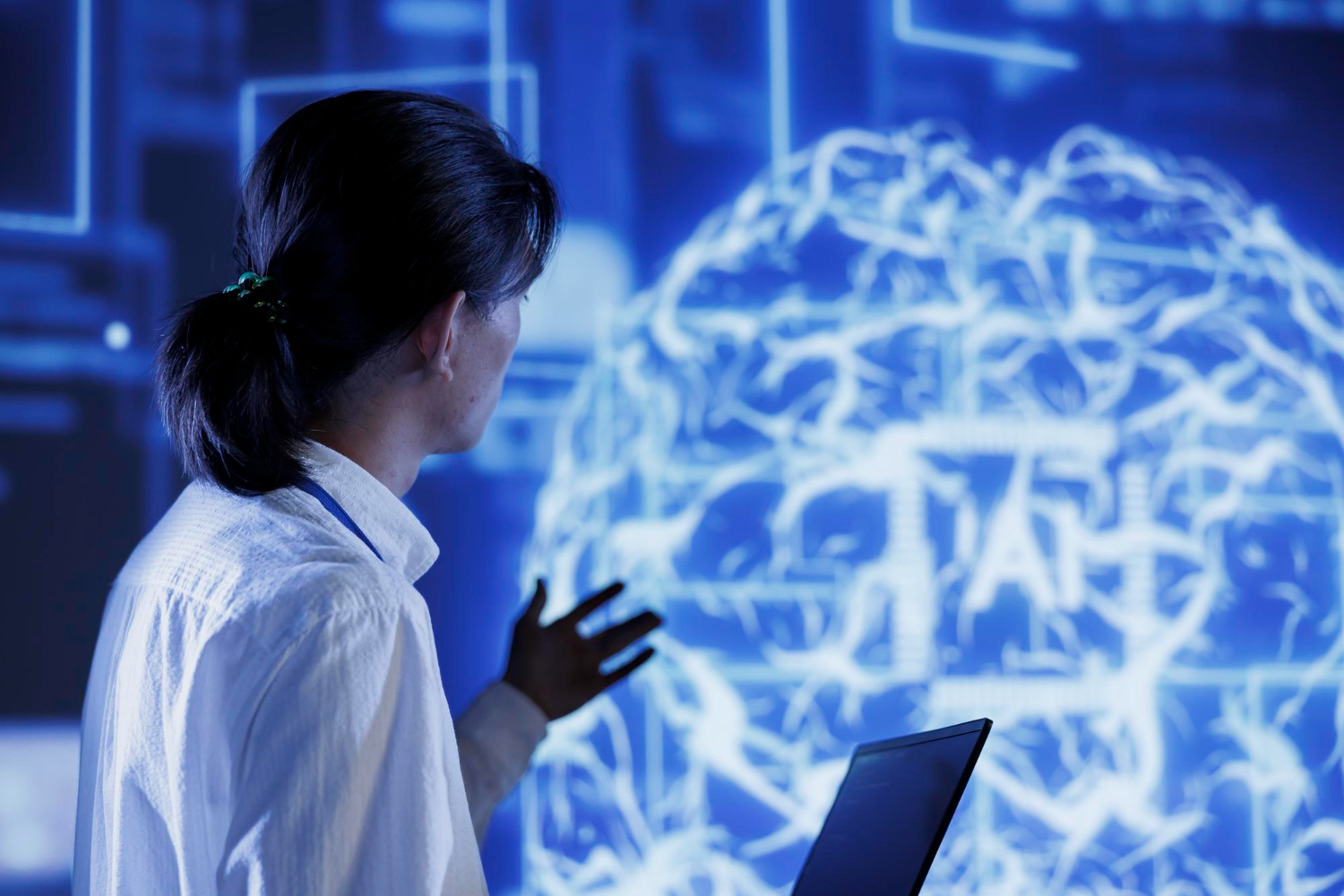Transformers have emerged as a powerful architecture for handling sequential data, offering significant advantages over traditional recurrent neural networks (RNNs) and convolutional neural networks (CNNs). Unlike RNNs, which process input sequences one time step at a time, transformers operate on entire input sequences simultaneously. This is achieved through the use of attention mechanisms, which allow the model to focus on different parts of the input sequence when generating an output sequence.
At the heart of transformer models is the attention layer, which computes the importance of each element in the input sequence with respect to every other element. This enables transformers to capture long-range dependencies and relationships within the data more effectively than RNNs.
The transformer architecture consists of an encoder-decoder architecture, with each component containing multiple layers of attention and feed-forward neural networks. During the encoding phase, the input sequence is processed by the encoder, which applies positional encoding to preserve the order of the input elements.
The encoder then passes the encoded representation to the decoder, which generates the output sequence step by step. At each time step, the decoder attends to the relevant parts of the input sequence using the attention mechanism, allowing it to generate the output sequence with high accuracy.
One key innovation of transformers is positional encoding, which addresses the lack of inherent order information in the input sequences. This encoding scheme adds positional information to the input embeddings, enabling the model to distinguish between different elements of the sequence based on their positions.
Another important component of transformers is the feed-forward layer, which applies non-linear transformations to the input data, helping to capture complex patterns and relationships.
Transformers have found widespread applications in natural language processing tasks, such as neural machine translation, text generation, and sentiment analysis. Their ability to handle variable-length input sequences and capture long-range dependencies makes them particularly well-suited for these tasks.
Additionally, transformers have been successfully applied to other domains, including image processing, where they have demonstrated state-of-the-art performance on tasks such as image captioning and object detection.
In the transformer architecture introduced by Vaswani et al., the multi-headed attention mechanism allows the model to capture complex relationships within the input sequence effectively. Each attention head learns to focus on different parts of the input sequence, enabling the model to extract relevant information for various tasks such as machine learning, computer vision, and speech recognition.
By computing the dot product between the query, key, and value vectors, the attention mechanism assigns weights to different elements of the input sequence based on their relevance to the current output. This mechanism has been particularly successful in tasks requiring input and output sequences of variable lengths, such as language translation and speech synthesis. Additionally, transformers can benefit from pre-trained word embeddings and image features, leveraging knowledge from large datasets to improve performance on specific tasks.
In summary, transformers represent a significant advancement in deep learning architecture, offering improved performance and scalability compared to traditional RNNs and CNNs. By leveraging attention mechanisms and feed-forward layers, transformers are able to effectively process input sequences and generate output sequences with high accuracy. As the field of deep learning continues to evolve, transformers are likely to play an increasingly important role in a wide range of applications.
Credits: History-computer.com
Continue reading: Deep-learning system explores materials’ interiors from the outside













